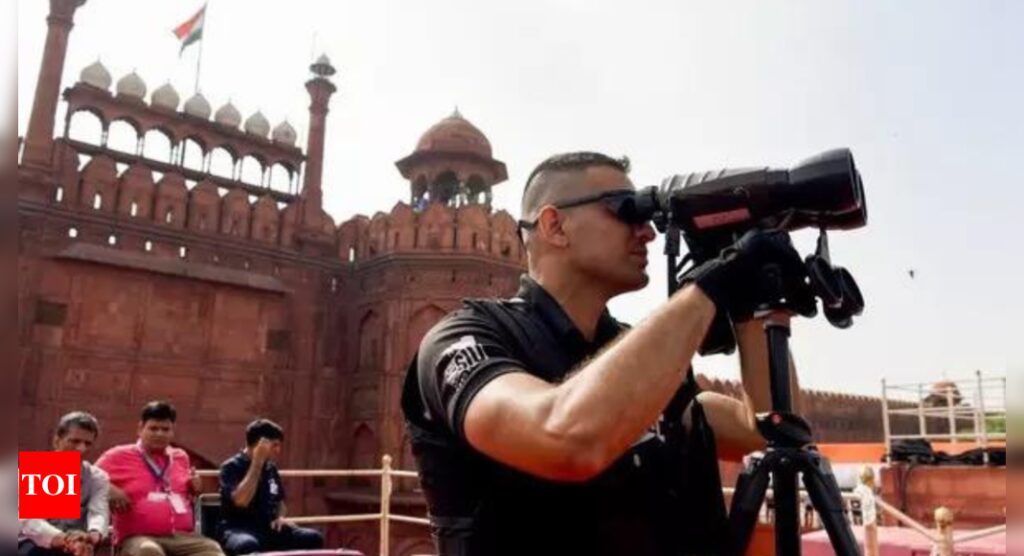[ad_1]
On Monday, on the eve of Independence Day, the village heads- many of them women and tribals gathered at tribal affairs minister Arjun Munda’s residence where they shared their experience of living on the border and their aspirations. Dressed in their traditional attire they heard the minister and government functionaries from MHA, ITBP and the tribal affairs ministry attentively hopeful of a better life and livelihood opportunities.
The vibrant village programme was approved on February 2023, with a central contribution of Rs 4,800 crore for the period 2022-23 to 2025-26 including Rs 2,500 crore specifically for road connectivity. The programme was launched by home minister Amit Shah at Kibithoo in Arunachal Pradesh in April. One of the key aims of the programme is to create livelihood opportunities to prevent migration and encourage reverse migration by generating economic activities.
Addressing the gathering, tribal affairs minister Arjun Munda said, “these border villages, once termed the ‘Last Villages of India’ have been termed the ‘First Villages’ by Prime Minister of India Narendra Modi. India feels secure because the inhabitants of these border villages are keeping watch.”
He said the “focus is on connectivity with all-weather roads, provision of clean drinking water, 24×7 power to be focused on solar and wind energy, mobile and internet connectivity, tourist centers and health and wellness center. Further, cooperatives will be developed at the local level to manage livelihood opportunities including entrepreneurship, agriculture, horticulture, cultivation of medicinal herbs etc.”
While Galwan valley in Ladakh and Doklam in Sikkim are names familiar across the country as they have made headlines in the past when tensions escalated on the borders, on Monday ‘sarpanchs’ from villages in these areas shared their experiences.
A sarpanch, Pema Sherpa who lives just 3 km away from the Doklam border in Gnathang village of Sikkim, spoke about the need to focus on tapping into the tourism potential of the area as one of the measures to prevent migration and step-up reverse migration. Her village still does not have a school and children have to stay in Gangtok to complete their schooling. She is hopeful now they will get one. Sarpanch of Shyo Toth village, Phurpa Zomba from Tawang shared that her’s was a small village and this was the first time she had ever come to a big city like Delhi and it was overwhelming for her.
Speaking on the same lines, sarpanch of Durbuk Block (Changthang), Konchokley Namgyal, sarpanch of Mana village, Uttarakhand- Pitambar Molfa, sarpanch of Batsari, Tehsil Sangla, Himachal Pradesh- Pradeep Kumar – sought improvement in infrastructure – education and health and roads – emerging as key priorities after livelihood opportunities. Listening to the speakers were MHA secretary (border management) Atal Dullo, tribal affairs secretary Anil Jha and DG ITBP Ashish Dayal Singh.
[ad_2]
Source link











More Stories
Congress replaces Kamal Nath, names an OBC as Madhya Pradesh chief | India News
Fire breaks out in ITBP camp in Srinagar; none hurt | India News
Parliament Security: Co-villagers give clean chit to Lalit Jha, parents to move court | India News